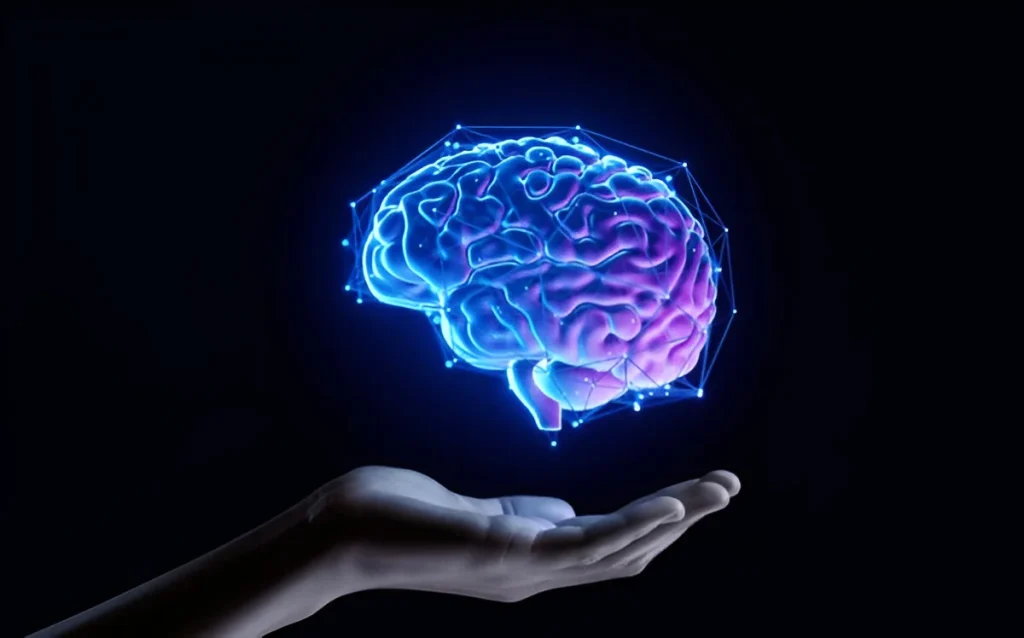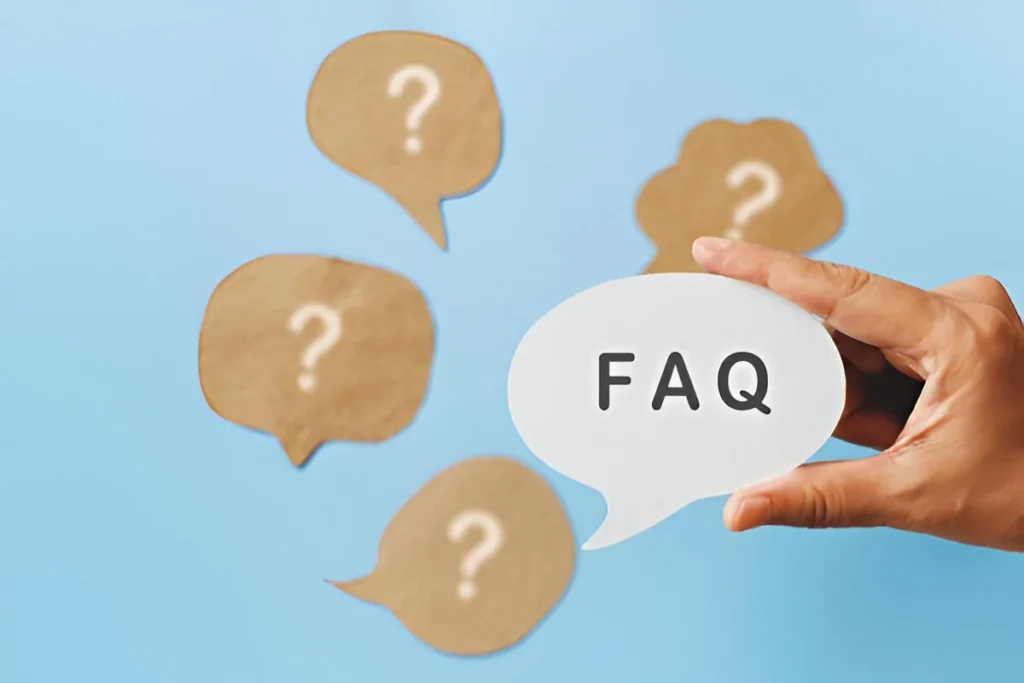Why students should learn graphology early
Discover why students should learn graphology early and how understanding handwriting analysis can boost personal growth, confidence, and career readiness with a reputed Graphology Institute.
Handwriting has always been more than just a way to communicate. It’s an expression of one’s inner self—each stroke, curve, and slant reflecting aspects of personality, emotional balance, and mindset. While most people see handwriting as a daily habit, graphology—the scientific study of handwriting—reveals that it holds far deeper insights into human psychology.
For students, learning graphology early can be a game-changer. It helps them understand not only others but also themselves—laying the foundation for emotional intelligence, discipline, and focused growth. Let’s explore why introducing graphology at an early age is an invaluable investment in personal and academic development.

Understanding the Power of Graphology
Graphology is the art and science of interpreting handwriting to analyze personality traits, emotional states, and cognitive patterns. It goes beyond letters and lines—it’s a mirror to one’s subconscious.
When students learn graphology, they gain access to a unique psychological tool. It helps them understand behaviors, manage emotions, and build interpersonal awareness. In a world increasingly focused on emotional well-being, such insights can make a profound difference.
How Graphology Helps Students Build Self-Awareness
Self-awareness is one of the most critical skills a student can develop. Through graphology, students can:
- Identify strengths and weaknesses: By analyzing their handwriting, students can uncover areas where they naturally excel and areas needing improvement.
- Improve focus and confidence: Knowing personal tendencies helps students make informed decisions about study habits and goal-setting.
- Develop emotional intelligence: Understanding the connection between handwriting and emotions helps students control impulsivity and stress.
- Foster self-discipline: When they recognize traits like procrastination or inconsistency in their writing, they can consciously work to change them.
In simple terms, graphology gives students a roadmap to personal improvement that no textbook can offer.
Why Learning Graphology Early Makes a Difference
Introducing graphology in early academic years can have long-term benefits. Here’s why the earlier, the better:
- Mindset Formation:
During formative years, handwriting patterns are still evolving. Understanding them at this stage allows students to adjust behaviors before they become ingrained habits. - Emotional Balance:
Early exposure to graphology helps children identify and manage emotions such as fear, anxiety, or aggression—boosting resilience. - Career Readiness:
Graphology improves observation and analytical skills, which can be advantageous in careers like psychology, HR, law, and education. - Enhanced Communication Skills:
By recognizing personality cues through handwriting, students become better communicators and team players. - Stress Management:
Through the awareness of emotional states, students can use handwriting therapy techniques to calm their minds and improve focus.
Graphology doesn’t just build knowledge; it builds character.

The Connection Between Handwriting and the Brain
Recent studies show that handwriting activates more areas of the brain than typing does. It improves memory retention, creativity, and critical thinking.
When paired with graphology, handwriting becomes a gateway to self-understanding. Students who learn how writing reflects psychological states develop an enhanced sense of mindfulness. They begin to connect their inner thoughts with their outer expressions, leading to more balanced mental health.
Real-Life Applications of Graphology for Students
Learning graphology isn’t just about analyzing letters—it has real, everyday applications that benefit students both academically and personally:
- Better peer relationships: Students who understand human nature through handwriting are more empathetic and tolerant.
- Improved study habits: Recognizing stress or distraction in handwriting can motivate students to refine their focus.
- Guidance in career choices: Handwriting traits can reveal leadership, creativity, and analytical strengths—helping students choose suitable career paths.
- Conflict resolution: Understanding personality differences through handwriting helps in resolving interpersonal issues with maturity.
In today’s dynamic educational environment, these skills are as valuable as academic grades.
A Step Toward Holistic Education
Modern education is shifting toward emotional intelligence and psychological wellness. Graphology fits seamlessly into this framework. It complements traditional learning by offering students an introspective tool for emotional balance, self-improvement, and relationship management.
Institutions and parents who introduce students to this discipline early witness remarkable results—children grow into emotionally intelligent, observant, and empathetic individuals.
Learning Graphology the Right Way
While there’s plenty of information online, mastering graphology requires structured learning and guidance from certified experts. This is where the Best Graphology Institute in Kolkata plays an essential role.
With a comprehensive curriculum blending psychological science and handwriting analysis, the institute helps students and enthusiasts understand the deeper layers of personality, mindset, and behavioral patterns.
Such training not only builds a strong foundation but also encourages lifelong self-improvement and personal growth.
Common Myths About Graphology
Like many psychological sciences, graphology faces misconceptions. Let’s debunk a few:
- Myth 1: It’s fortune-telling.
- Truth: Graphology doesn’t predict the future—it analyzes current psychological states.
- Myth 2: Only psychologists can learn it.
- Truth: Anyone with interest and guidance can learn graphology effectively.
- Myth 3: Handwriting analysis is outdated.
- Truth: Graphology is more relevant today than ever, especially in emotional and behavioral studies.
By understanding these facts, students can approach graphology with an open and scientific mindset.
Benefits of Learning Graphology Early
Here’s how graphology can transform a student’s personal and academic life:
- Promotes self-awareness and emotional intelligence
- Strengthens decision-making and discipline
- Encourages positive personality development
- Enhances creativity and memory
- Improves communication and understanding
- Builds confidence and leadership qualities
These qualities shape not just better students—but more conscious human beings.

FAQs on Learning Graphology Early
Q1. Can graphology really reveal a person’s personality?
Yes. Handwriting carries subconscious clues about emotional states, behavior patterns, and personality traits.
Q2. What is the right age for students to learn graphology?
Students above 12 years can begin learning. This is when handwriting stabilizes and self-awareness begins to form.
Q3. Does graphology help in career decisions?
Absolutely. It helps identify one’s strengths, focus areas, and preferred working styles—useful for career planning.
Q4. Can graphology help reduce stress and anxiety?
Yes. Techniques like handwriting therapy and self-analysis promote calmness, focus, and emotional release.
Q5. Is graphology a scientifically recognized field?
Graphology is widely used in behavioral research, corporate HR analysis, and psychological training worldwide.
A Thought to Take With You
“When students understand their handwriting, they begin to understand themselves.”
Learning graphology early plants the seed of self-discovery. It empowers young minds to recognize their emotions, refine their goals, and build meaningful relationships. Beyond academics, it nurtures the qualities that define true success—empathy, balance, and confidence.
If you believe in shaping emotionally intelligent, aware, and confident students, exploring the field of graphology is the right step toward a brighter, balanced future—guided by experts at the Institute of Graphology.
